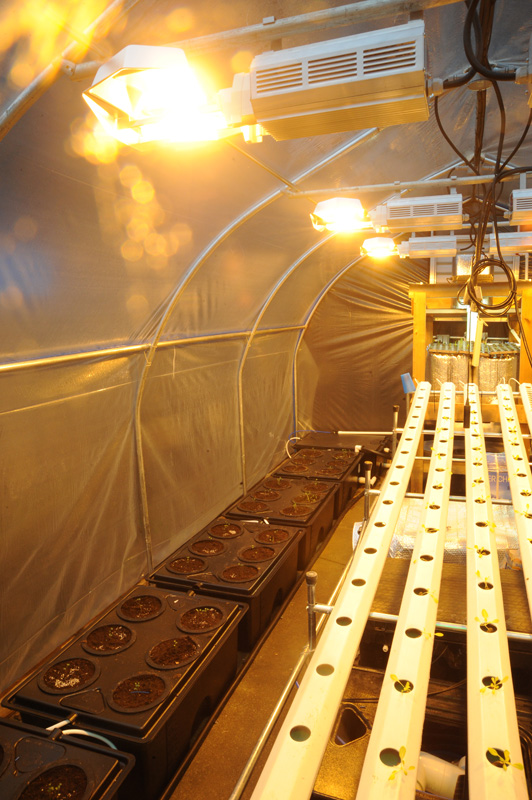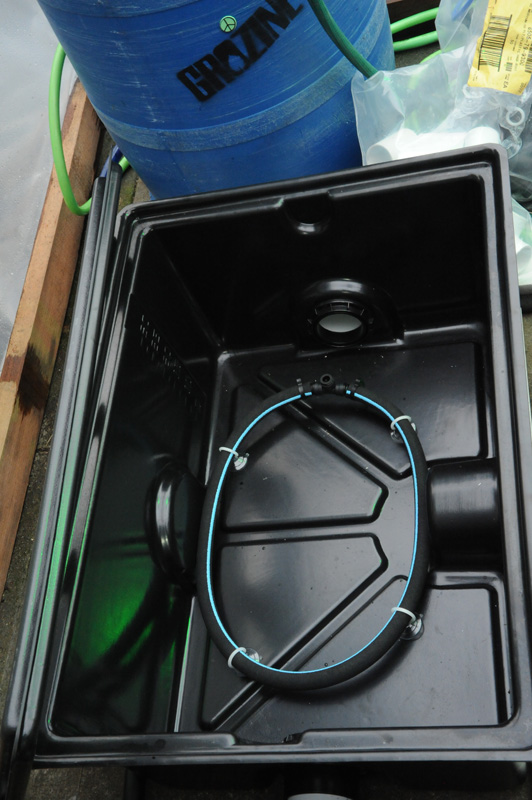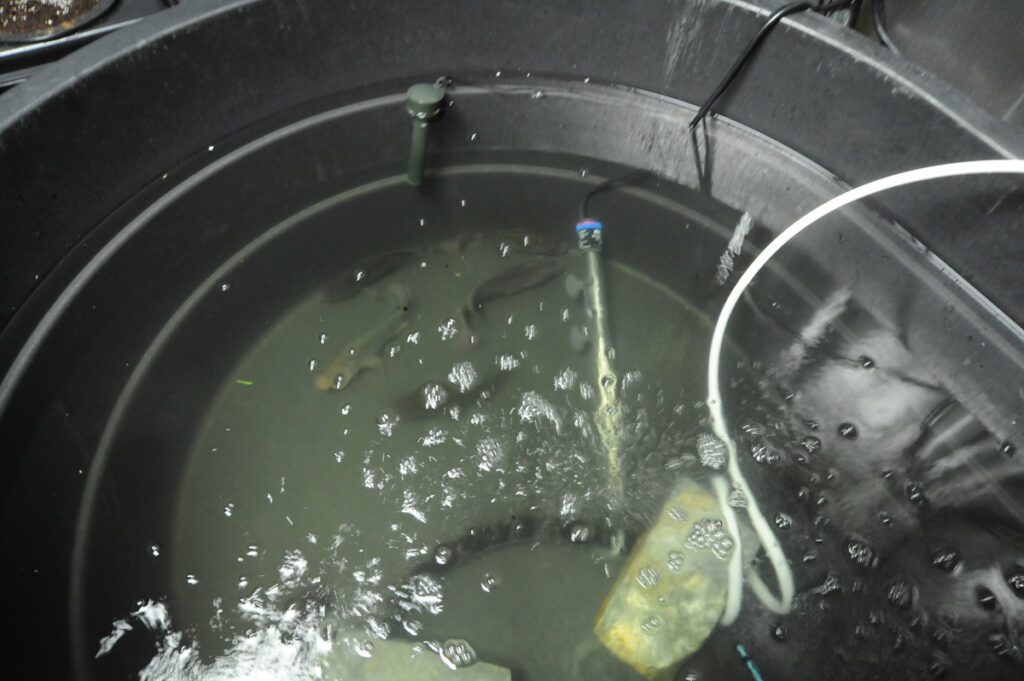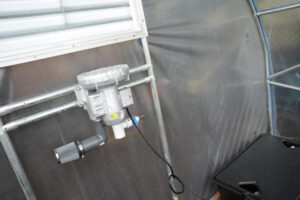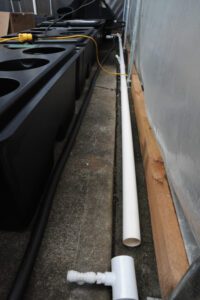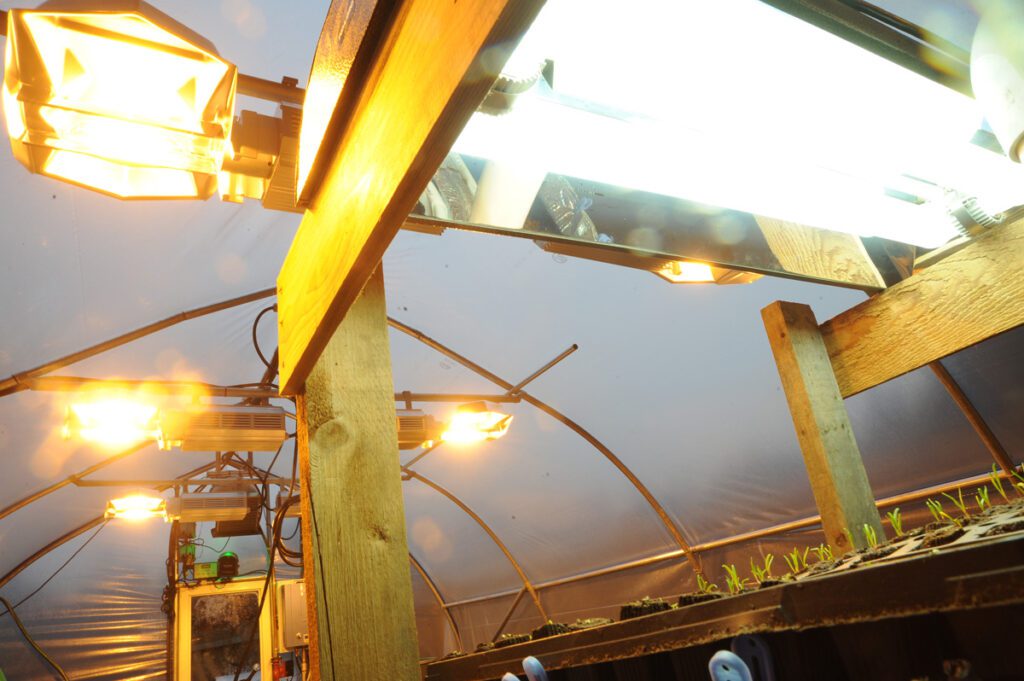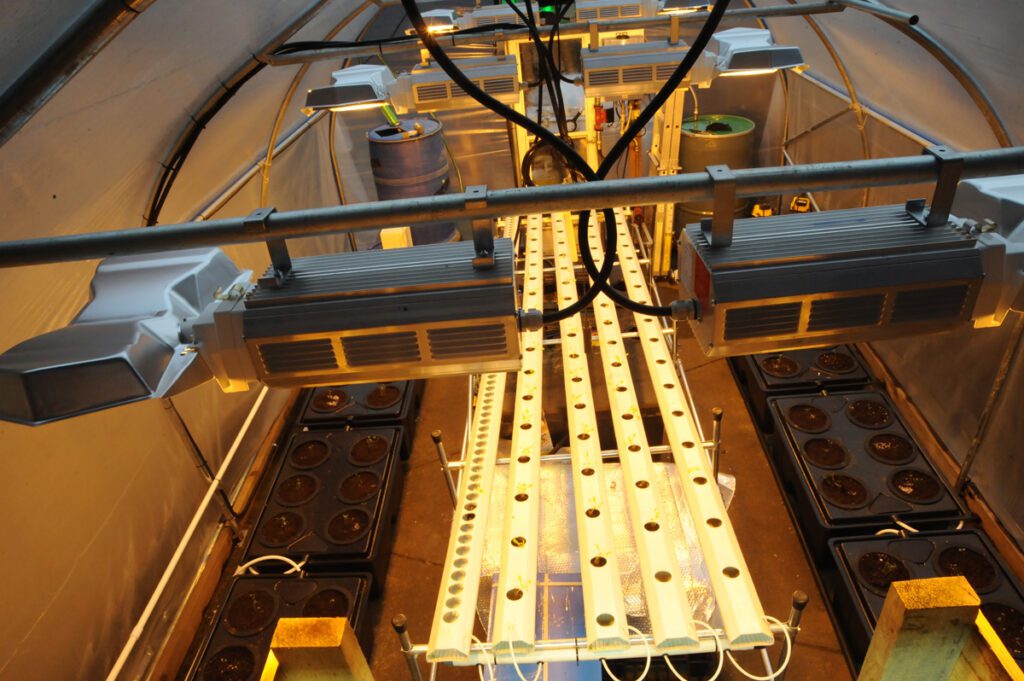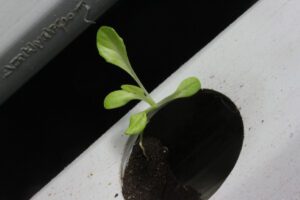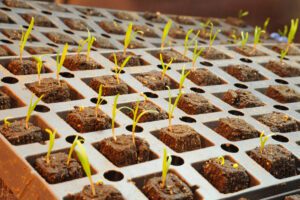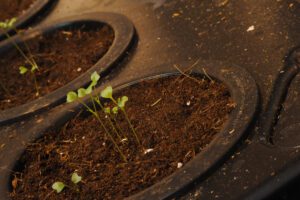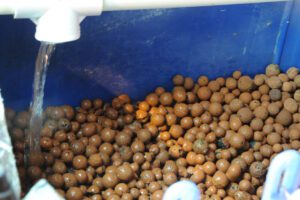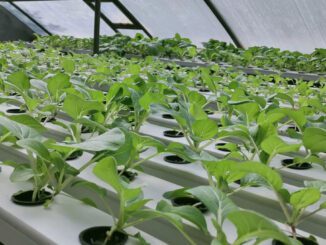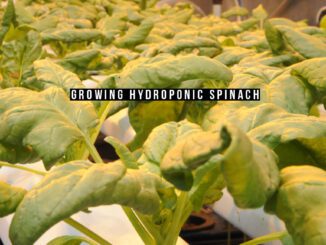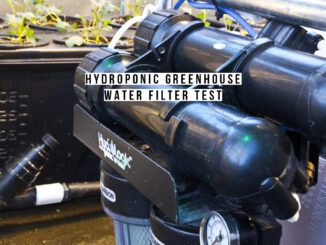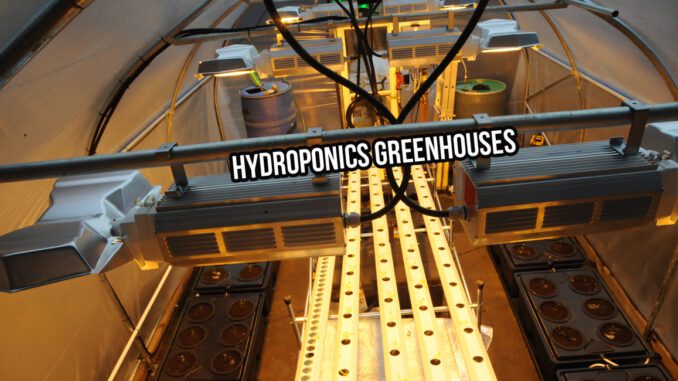
Hydroponics Greenhouses
Hydroponics Puts The GREEN Into Greenhouses
Hydroponics Greenhouses are efficient, fun to operate and highly flexible when it comes to growing food crops like hydroponics spinach, kale, lettuce, peppers, tomatoes, herbs–you name it! Hydroponics greenhouses are also a relatively sustainable method of agriculture, especially if you incorporate Aquaponics growing in your greenhouse as part of your cultivation equation.
Organics growing is also a great way to practice healthy and relatively sustainable food production year round, but if you aren’t brewing your own teas, composting your own soils for reuse, etc, it can become arguable just how friendly “organic” growing practices really are when you consider the fuel and energy used to harvest and transport bulky materials long distances.
Water culture methods on the other hand, like Deep Water Culture (DWC), Nutrient Film Technique (NFT) or even aeroponics are systems that simply require water and a small quantity of fertilizer that can be recycled for the duration of the crop. Nothing to replace; just drain, scrub clean and refill when you start your next crop.
What about Nutrient Run Off?
Actually, organics especially where large quantities of compost or manures are incorporated into soils have the potential to leech considerable levels of unwanted fertilizers into ground water supplies–Nitrate (NO3) is nitrate as far as environmental impacts are concerned, whether from organic fertilizers or manufactured fertilizers. After all, elements are elements-dig?
The cool thing about hydroponics that you don’t always hear about is the fact that you can use SUPER LOW fertilizer concentrations, ie 300 Parts Per Million vs 1200+ Parts per Million when bare plant roots are highly aerated and are fed with a continuous (and recycled) flow of fertilizers. Same goes with using Aquaponics principles (water for fresh water fish production is cycled through plant roots, which remove nutrients, feeding the crop and keeping the fish healthy).
A high quality, high output air pump is the ticket, or in this example a regenerative blower (Sweet Water Pump). To create Super Aeration to effectively run very low fertilizer concentrations, the nutrient solution must be kept at 65-69 Deg F and supplied with air in about a 1:4 ratio of litres of air per minute to litres of nutrient solution.
ED Note: How Canadian, eh? We talk about Litres and Deg F in the same sentence. LOL
Less Water, Less Waste
Because hydroponics systems can operate on a recirculating basis effectively, and there can be little or no growing media exposed, ie “closed system” very little water is lost through evaporation. Rather, the vast majority of water loss is only through the plant. Of further benefit, it’s more accurate and often easier to monitor crop health, because watching water use can give the grower an accurate picture of how the plants are responding to the environment in a given growth phase in hydroponics greenhouses.
At Grozine we’ll be conducting some formal studies to demonstrate and record this principal accurately, however, through informal testing over the years we have found that you can use about 50% less water and have healthier plants that mature sooner when you grow with super aerated closed system hydroponics. Current Culture Systems (CCH2O.com) are pioneers in the field–visit them for system details.
Hydroponics Greenhouses | other considerations |

